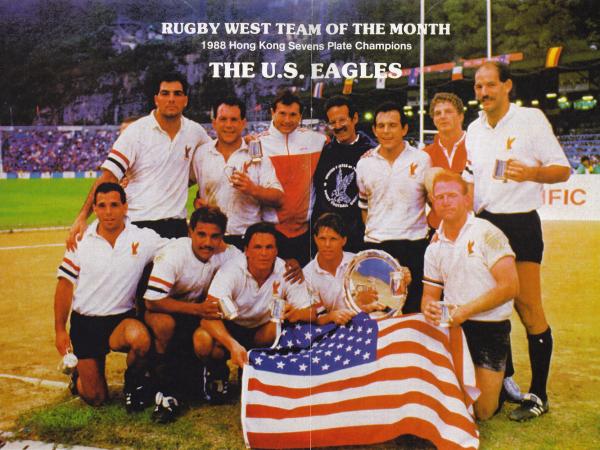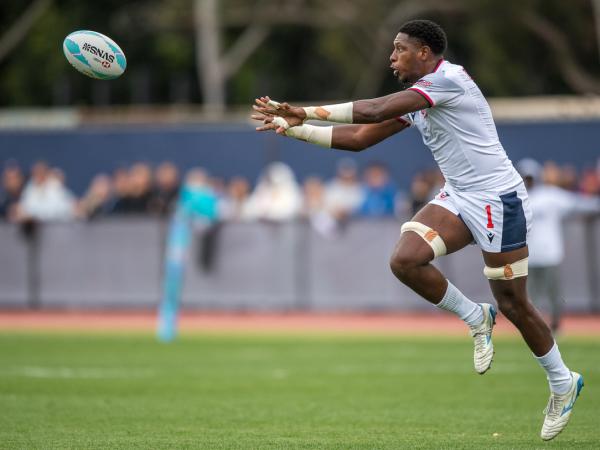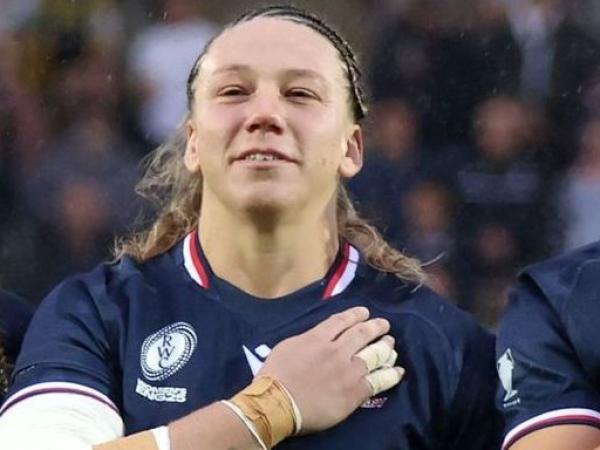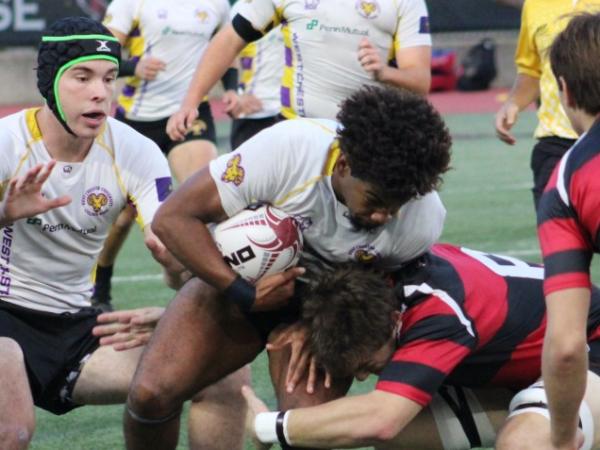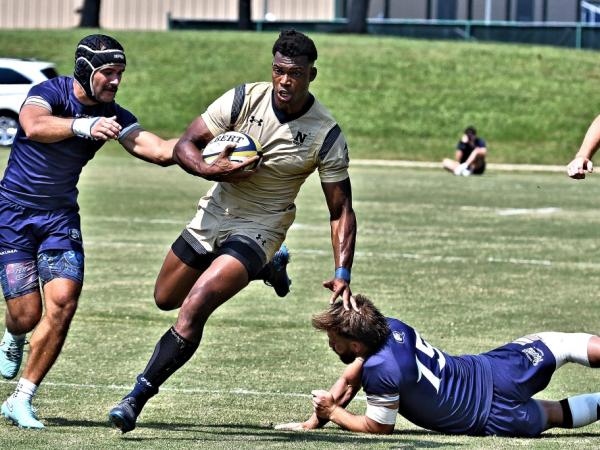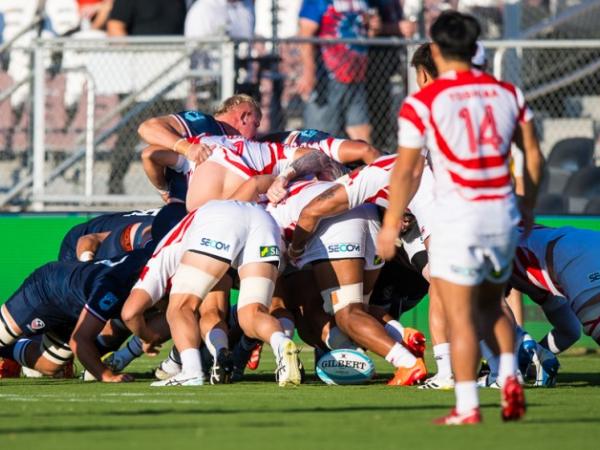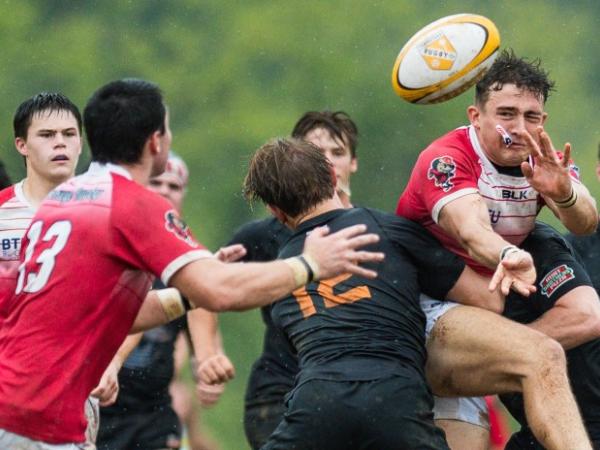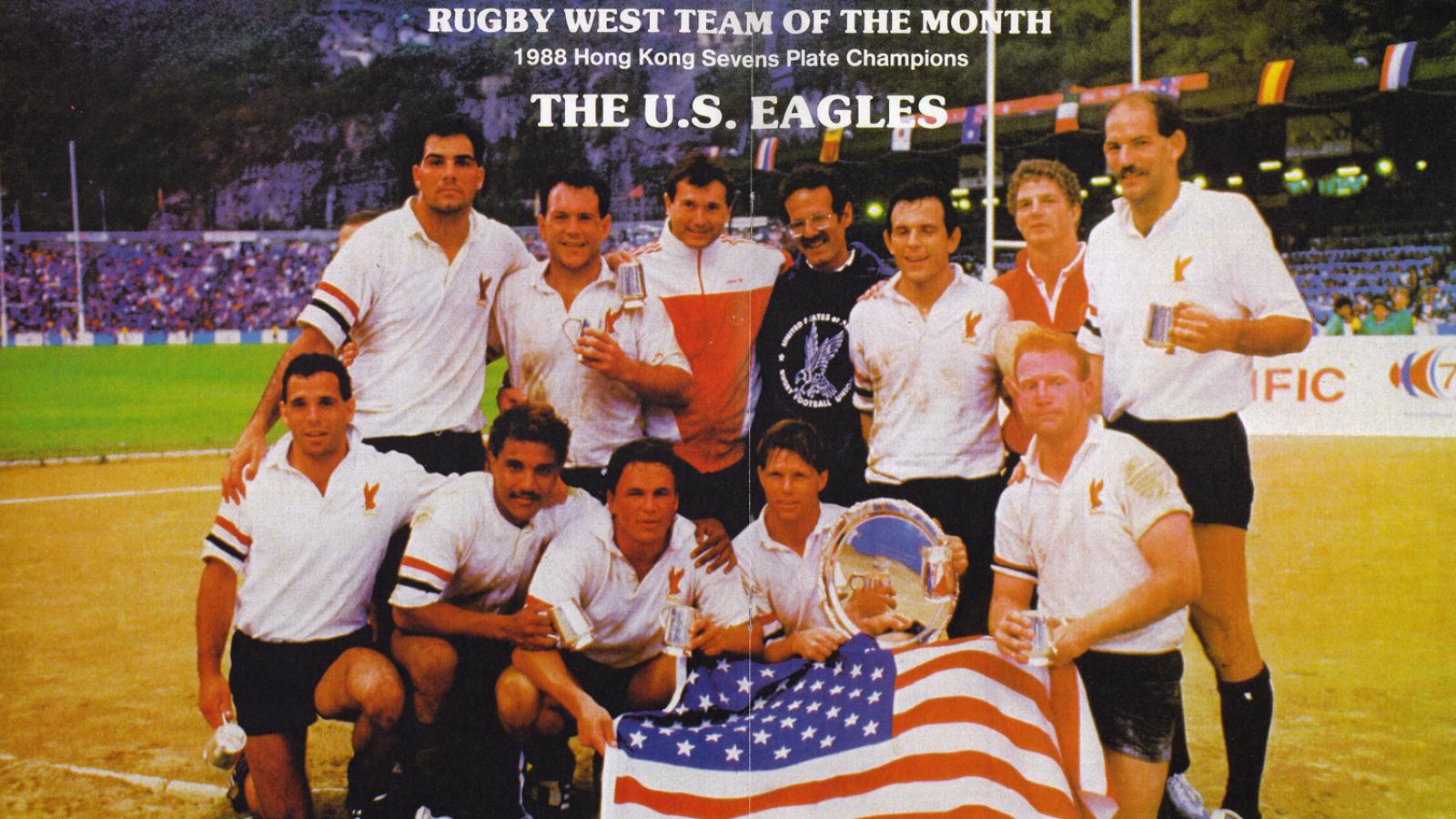The Utah Cannibals played in the Rosslyn Park 7s, and showed well on the field, but it might well be how they carried themselves off it that will be remembered.
The Rosslyn Park 7s is the largest age-grade tournament in the world, and it started off this year under a cloud. On March 26, just before the tournament was to start, a terrorist killed four innocent people and injured dozens more near the Houses of Parliament in London. The attack shocked and saddened the people of Great Britain, and affected the visiting Utah rugby team, as well.
Quickly the team adopted black armbands to show their support for their hosts.
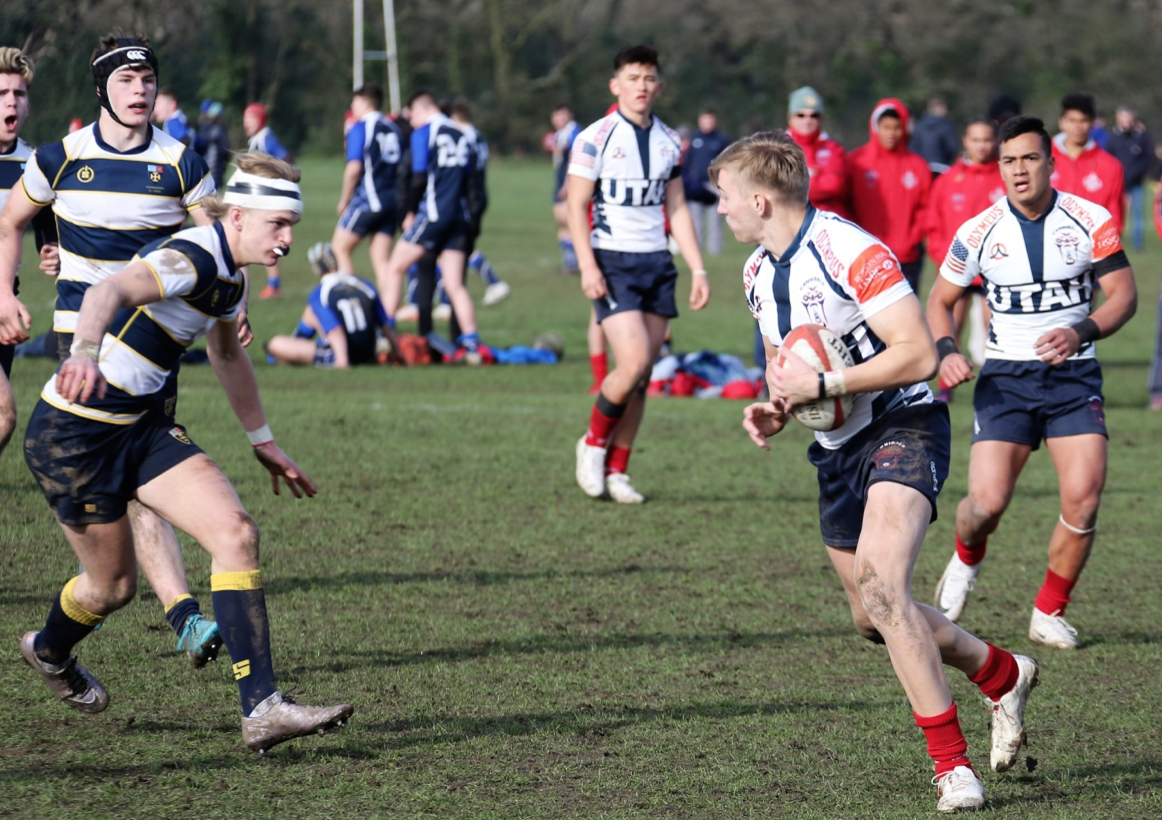 |
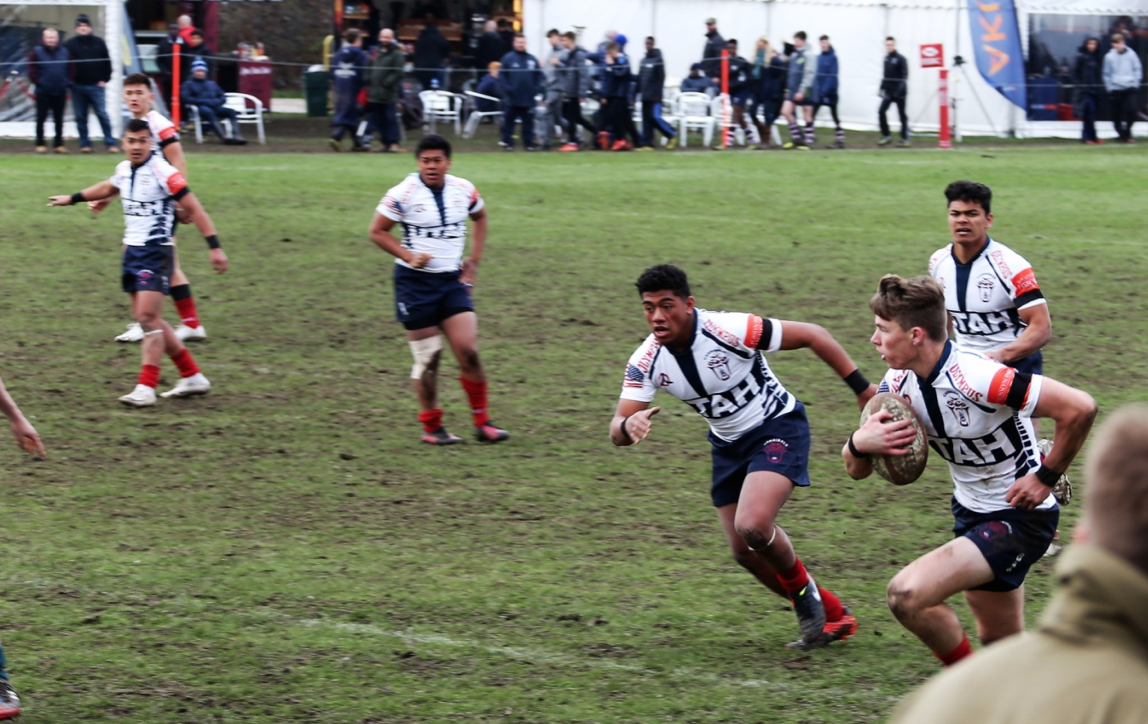 |
 |
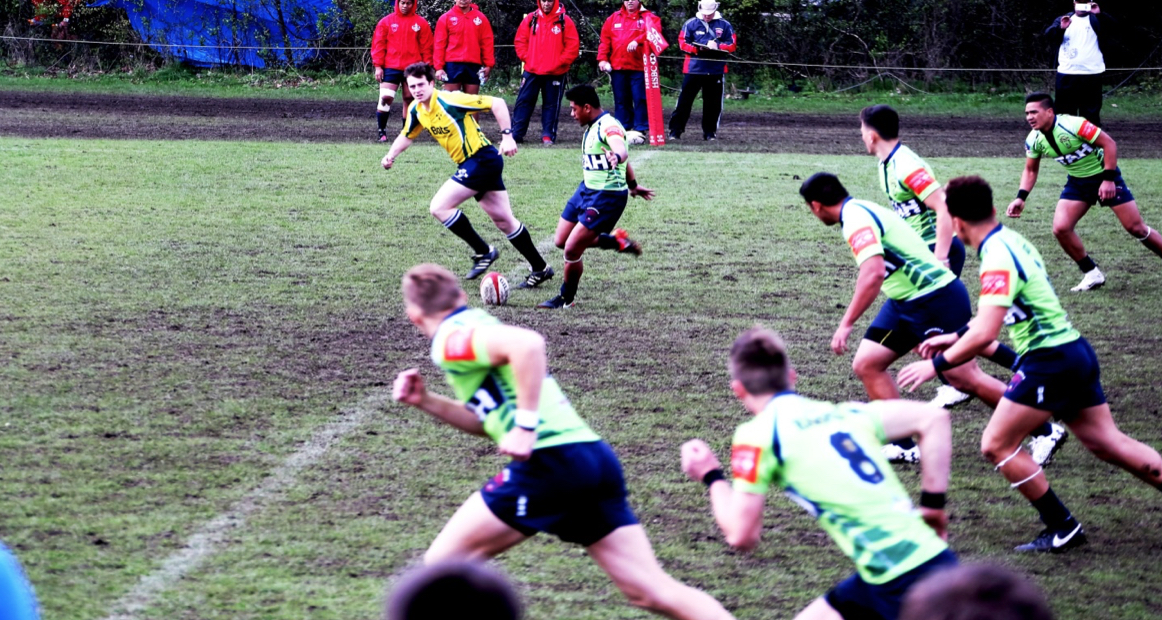 |
The U18 Cannibals team featured a roster of 12 players competing in the 70-team U18 division. This was Utah’s largest team in terms of physical stature and also the youngest team, with seven juniors on the roster competing in their 6th international tournament since 2010. The Rosslyn Park 7s consisted of 14 pools with five teams in each pool. The pools were decided by a drawing and not by a predetermined ranking. Utah’s pool would not be easy as they drew the 2016 Rosslyn Park Champions Cranleigh College and the talented Wales side Coleg Llandrillo. Cannibals opened with Brooksby Melton College under cold, wet, and windy conditions
On the opening kickoff, in front of a curious British crowd, the Cannibals recovered their kick and with two quick passes found Taysan Hammer (Junior-Herriman) dotting it down in the corner. The conversion was wide by Lui Beto (Senior-West Valley). Brooksby College answered back on the very next possession with a nice chip over and a chase down for a try. With the conversion wide Utah was tied 5-5 two minutes into the first half. From that point on it became all Utah with excellent ball retention by Utah resulting in three more tries sealing their first win 24-7.
“It was good to get out and play; we were all pretty nervous before the kickoff," said senior Nolan Tuamoheloa (Koa Toa).
The next match for Utah was against Tasker Milward College on the main field. From the start Utah was able to control the tempo of play and the ball handling was quite exceptional considering the playing conditions.
“This was a big adjustment for us,” said Utah Head Coach Collin Puriri (United). “The fields are beautiful but they were very slick from the rains the night before. We could see the British players really knew how to lower their bodies and adjust their stances when they stepped us. We were playing too upright and stepping like we were back on the dry turf conditions of the LVi.”
The Utah players adjusted their footing in the second match and with clean offloads, counterrucks, and spreading the field. Captain Bailey Wilson (Junior-United/HSAA) took several opportunities to exploit the open space for a try and he also set up Brooke Vaitohi (Junior-Genesis) and Nolan Tuamoheloa (Koa Toa).
Utah was able to score four tries in the first half against Tasker Milward College in the main stadium.
“The team did a great job of getting the ball out quickly in the contested area with multiple passes to the wide side where we had numerical advantages,” said Puriri.
At halftime Utah made some adjustments and were able to rotate in the finishers. Wyatt Perry (Junior-Snow Canyon) did an excellent job of distributing the ball and supported several line breaks by Gabe Mauinga (Senior-Herriman/HSAA).
“I was extremely pleased to see our players playing good, smart, fundamental rugby and in truth, the conditions forced us to execute simple passing and attack patterns,” added Puriri.
As the second half played out Utah was caught several times not keeping their defensive shape and Tasker Milward School was able to exploit those gaps resulting in two tries. In the end it was not enough to close the gap and Utah prevailed 43-12.
The stage was set for the match that would determine if Utah could punch through to the Final round of 16 teams for the Rosslyn Park 7s Cup. Cranleigh College had easily defeated its opponents in Pool play, quick assessments of the two sides showed they were very similar. Utah had come with some big forwards, big backs, and a few burners that could get around the edges and gaps. Cranleigh was a mirror image of Utah in size, shape, and speed. It would come down to who made the least mistakes and who could capitalize on those errors.
Cranleigh kicked off to Utah and Utah retained possession forming a ruck and then sent the ball wide. Utah retained the majority of possession finding gaps but never quite breaking the line. Utah was inside Cranleigh’s 22M line on multiple occasions but could not break through a very well disciplined defensive shape. At 4:30 into the first half, Cranleigh found a gap in Utah’s shape and streaked through for the try. The conversion was made from a very difficult angle and Cranleigh led 7-0 at the 5-minute mark.
On the following kick off, Cranleigh kicked deep into the Utah corner and with the wind and angle of the ball it looked to be heading for a bounce then out. That was not the case. A fortuitous bounce along the line saw the ball come back toward a chasing Cranleigh player right into his hands and Cranleigh dotted it down untouched to lad 14-0 at halftime.
“That was one of those moments were you just shake your head and remember there are factors you cannot account for,” said Puriri. “During halftime we discussed how exceptional our control of the ball was and that we gave Cranleigh two opportunities and they capitalized on them. We needed to keep the ball alive and when we broke through we needed to keep the forward momentum with numbers in support.”
The second half turned into a very physical match as the two sides battled for possession and field position. Utah was able to force a turnover inside Cranleigh’s 22, with the power and size of Utah’s Billy Tenney holding a Cranleigh player up. With that momentum change, Utah was able to push through for a try making the game 14-7 with three minutes remaining. Utah kicked off and was able to regain possession but Cranleigh’s counterruck won the steal and Cranleigh’s attack worked Utah back inside their 22. With Cranleigh positioned to strike again, Utah held fast and forced a turnover on a counterruck. Utah moved the ball out wide five meters in front of their try line and looked as if they would spread it enough to turn the corner when Utah knocked on. The ensuing scrum saw Cranleigh passing out on a crash play for the try and sealing the win 21-7.
Cranleigh College went on to the Final 16 and defended their 2016 Championship by winning the 2017 Rosslyn Park 7s Cup Final 28-5.
“I could not have asked for a better start from the boys," said Puriri. "We completed multiple phases in our attack patterns but we never quite got the line breaks we needed. When we did, Cranleigh was quick to get numbers around the ball and we lost the momentum. The positive was that we retained possession and were able to spread it across again looking for gaps. Cranleigh is certainly a quality team and well coached.”
“The experience of playing at this level and location is beyond description,” said Nolan Hakama (Senior-Koa Toa).
Added Bailey Wilson: “I feel very fortunate to have played here in London. Knowing I will have another opportunity at this amazing event motivates me beyond words.”
The team was praised for their rugby, and also how they carried themselves as ambassadors of American rugby.
With a returning roster of seven juniors, Utah has committed to return to Rosslyn Park 7s in 2018. The team will compete in a local 7s Tournament the weekend prior in London and will stay and train with Wellington College of London that week.













